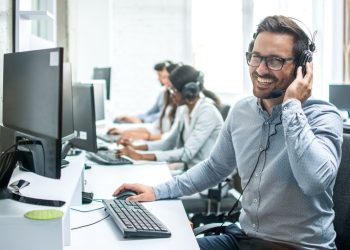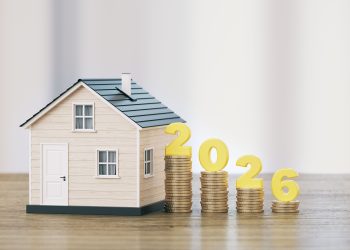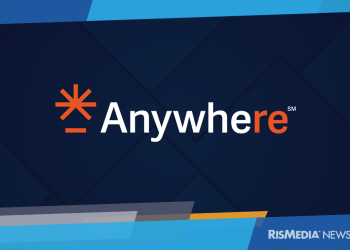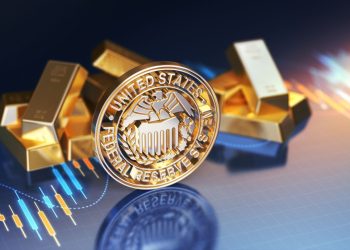 RISMEDIA, October 20, 2010—(MCT)—Home construction is one of those things that really hasn’t changed a whole lot for hundreds of years. For example, if you look at the houses in Colonial Williamsburg, they have pitched roofs with shingles, walls with siding or brick on the outside and plaster on the inside, wooden floors, casement windows and so on. Yes, a modern home has central heat and electrical wiring not found in the 1700s, but the structure and common features are remarkably similar.
RISMEDIA, October 20, 2010—(MCT)—Home construction is one of those things that really hasn’t changed a whole lot for hundreds of years. For example, if you look at the houses in Colonial Williamsburg, they have pitched roofs with shingles, walls with siding or brick on the outside and plaster on the inside, wooden floors, casement windows and so on. Yes, a modern home has central heat and electrical wiring not found in the 1700s, but the structure and common features are remarkably similar.
But change is finally occurring here in the 21st century, and picking up speed. We hear more and more about smart houses—houses that are greener and more intelligent than ever before. Let’s take a look at what a smart home looks like today.
There are really two sides to the “smart” label. One side is smart in terms of a home’s resource consumption—water, energy, construction materials and so on. The other is smart in terms of intelligent systems that control the house. We can start on the resource side, because this is where a lot of the monetary benefit comes from.
When you think about owning a home and the costs of owning it, there are two places where the money can really add up fast: energy, which has to get paid every month, and upkeep, which often comes in big, expensive bursts. There has been a lot of advancement on the energy side because of the improvements in solar energy technology.
A smart house can use solar energy in three ways. First, it can be designed to take advantage of passive heating and cooling. This usually involves the placement of windows with heat-absorbing materials to capture the sun’s heat in the winter, and to provide cooling ventilation in warmer months. Second, a smart house can actively collect solar energy with solar panels for heating, hot water and electricity generation. There are even solar air conditioners available now. Instead of using electricity and a compressor to drive the refrigeration cycle, they use the sun’s heat to drive it. A smart house can lower its net energy consumption toward zero, or even create net positive energy that is sold back to the grid, by making intelligent use of the sun.
Even if using more traditional technologies, it is possible to save lots of energy. For example, heat pumps can now use geothermal technology to radically improve efficiency. Instead of using outside coils exposed to the air, the outside coils are buried in the yard or in a well, where temperatures are steady year round. Heating and cooling costs can in some cases be cut in half.
Another place where a house can save on resources is in terms of water consumption. A good example of how far water technology has come can be seen in the smart house at Duke University. First, the house collects water off the roof and stores it in six 350 gallon containers in the basement. This water is filtered, purified with UV light and then used for things like flushing toilets, washing dishes and doing laundry. The house also collects water from the roof and stores it in two massive 1,000 gallon tanks outside. This water is used for landscape irrigation. Some smart houses also reuse greywater, defined as wastewater produced by everything but toilets. Greywater can be treated and used for irrigation or flushing toilets.
Many smart homes are also starting to incorporate green roofs—rooftop landscapes that can provide significant energy savings indoors while also cutting runoff and heat pooling in urban areas.
The intelligence side of smart houses comes through a home’s awareness of the people living inside it. This awareness can come in the form of biometric locks, heating and lighting systems that recognize if rooms are empty, advanced security systems and camera systems that record everything happening in a home. A smart house can also track energy consumption in real time and suggest ways to save energy.
With intelligent systems like these, a smart house can detect when no one is home. It goes into hibernation mode, cutting its energy consumption to the bare minimum. The house also secures itself against unwanted intruders. When people return, the house senses this though biometric locks, motion detectors and cameras. It wakes back up to provide lighting, heating and cooling in the areas where it is needed.
(c) 2010, How Stuff Works Inc.
Distributed by McClatchy-Tribune Information Services.










